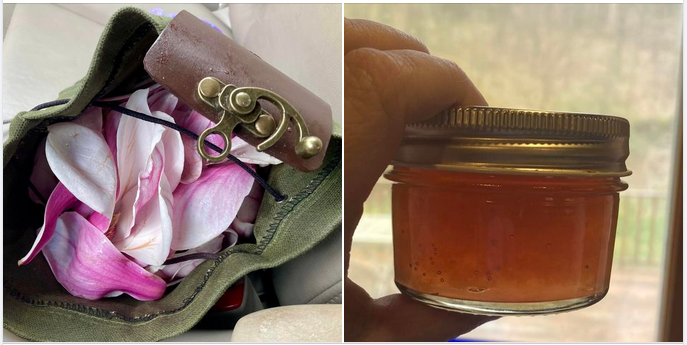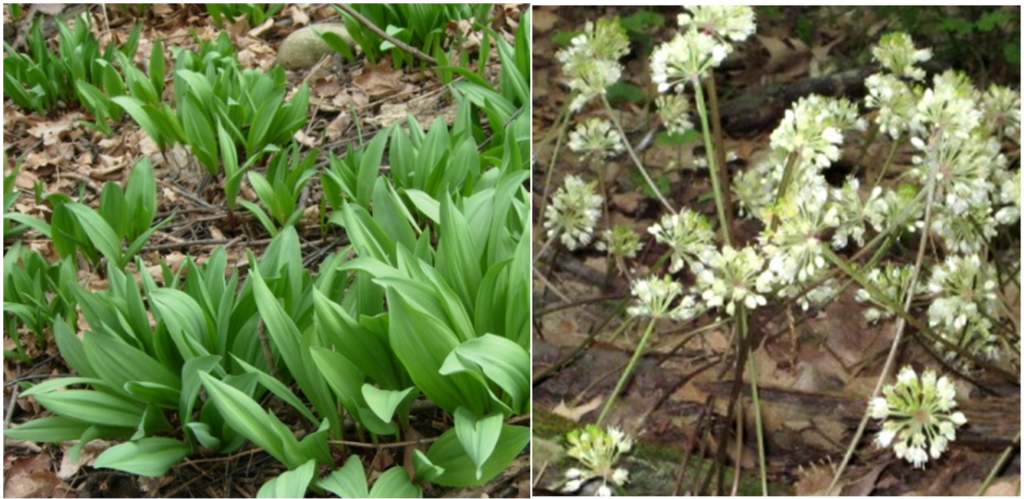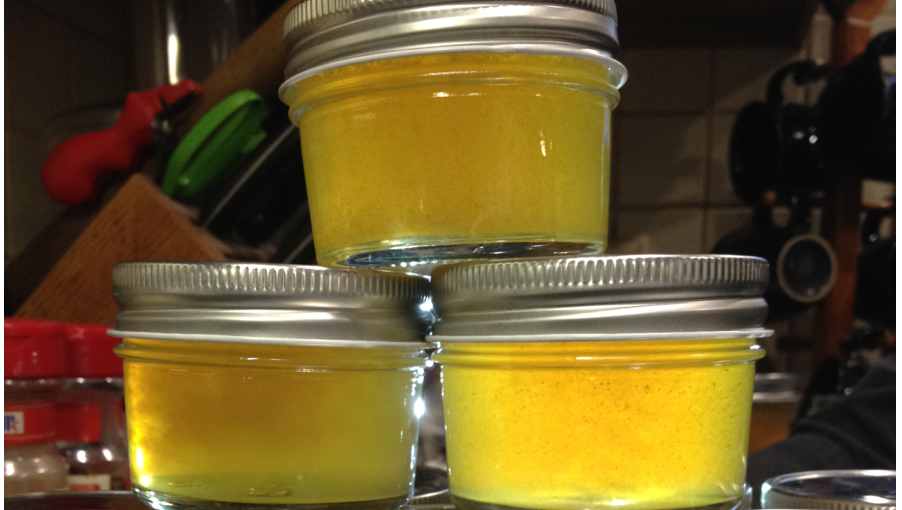I made my first batch of magnolia blossom jelly last week. Honestly, the hardest part was finding a magnolia tree that was available for blossom scrounging (i.e., wasn’t in a stranger’s front yard). The jelly came out with a nice color and a wee bit of a kick as an aftertaste – I didn’t know magnolia blossoms were spicy! If you maybe want to make your own, but aren’t quite sure about identifying a magnolia, this post is for you.
Identification
Magnolia trees have been around for a long time, with fossils dating back 36 million to 58 million years ago. They have many varieties and can be found in every state in the U.S. Some are evergreen and some deciduous; those that can grow in the northeast are deciduous. Most magnolia tree flowers are large and striking with distinct petal segments and a strong fragrance. They can be white, yellow, pink, or purple, and either star or bowl shaped. In our region flowering occurs before the leaves emerge from mid-April to early May.

The closest blossom lookalike is dogwood, but they’re easy to tell apart up close, as the magnolia has real petals while the dogwood’s “petals” are modified leaves. Cherry blossoms can be similar in color, but are usually smaller and have a very different center, resembling apple blossoms.
Harvesting
Pick blossoms early in the day, ideally NOT after recent rain, which can wash away flavor. The easiest way to harvest is to pick the entire blossom. Look for blooms that are still vibrant; buds that haven’t yet opened are also fine to forage. Handle the blossoms very gently, as they bruise easily. A flat basket is best for holding your picked blossoms, and under no circumstances cram them into a bag – they’ll be a right mess by the time you get them home. I recommend not picking more than you’re prepared to process that same day.
Preparing
Magnolia blossoms only store well in the refrigerator if they’ve been treated gently, and they don’t take to being frozen at all. I usually rinse them very gently as soon as I get home, then immediately either put the blossoms into a dehydrator or pour boiling water over them to make an infusion. If you want to add blossoms to a fresh salad, do not chop them until right before serving.
Uses
There is no known toxicity to magnolia blossoms, but not all species taste the same. The darkest pinks can be bitter, while the mid-pinks and mix of white and pink blooms will have the best flavors. Both the petals and the center of the flower (it looks like a pineapple) can be used. Magnolia flowers have a bit of a ginger-cardamom taste, and can be sprinkled on salads, pickled, or infused for tea or flower jelly. Unopened blossoms can be used to make spicy fritters. The petals can also be dried and used in place of ginger or cardamom, or infused into a light vinegar for use in salad dressing.
Happy foraging!



